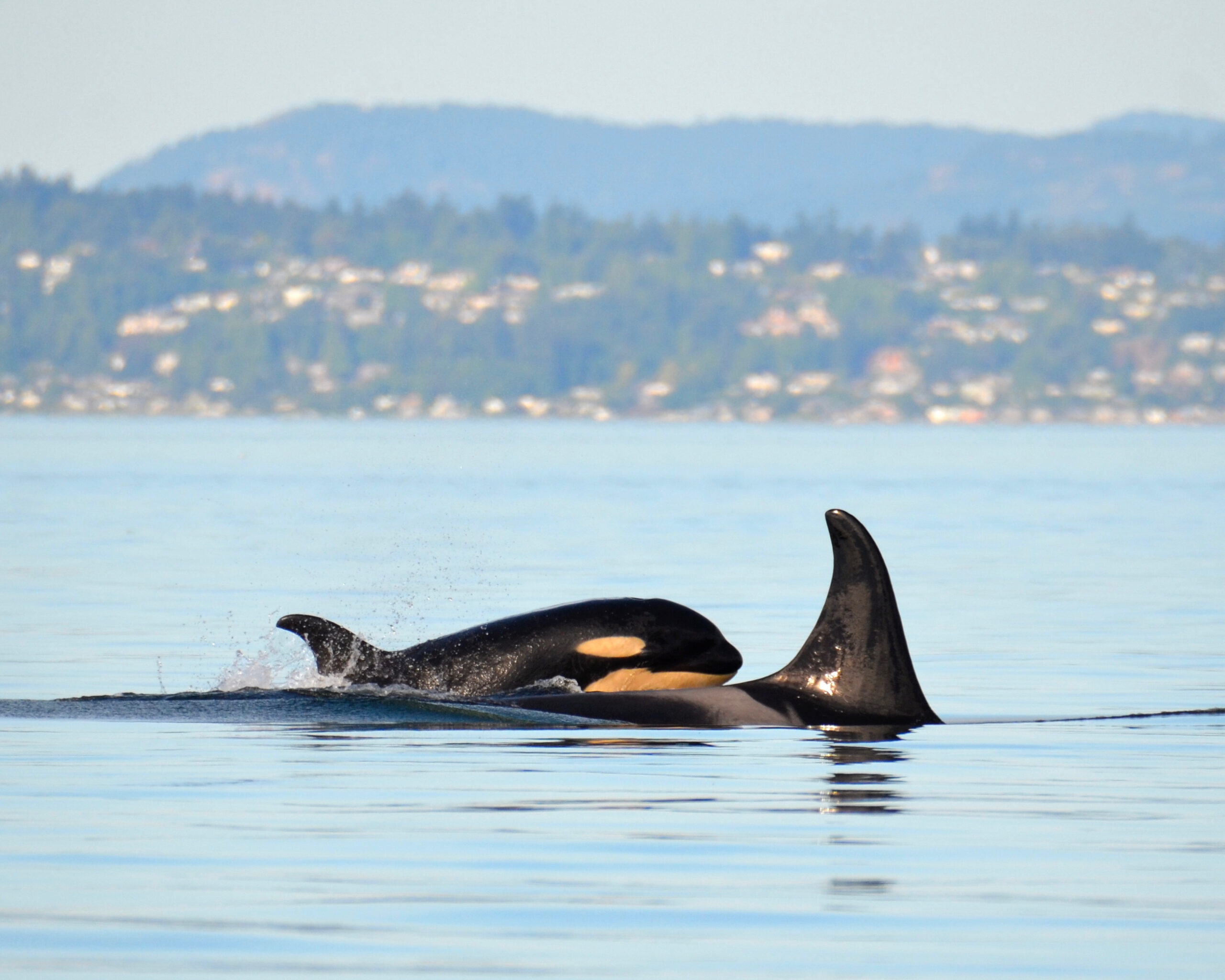Nature Canada Presents

Swimming with killer whales
An lmmersive Mixed Reality Experience.
Southern Resident Killer Whales are endangered.
There are multiple threats that the orcas face… there’s less salmon for them to eat, there are many pollutants that can impact their reproductive health, and there’s too much noise from boats which interferes with their ability to find food using echolocation.
But the Critical Distance experience also ends with hope…
By creating a marine protected area in the Southern Strait of Georgia, we will be able to protect this priceless ecosystem — and help Kiki and her family survive.
Want to know more? Nature Canada has assembled three experts who are waiting for your questions below!

Hear From Our Experts Below
Julia Laforge
Policy and Campaign Manager,
Nature Canada,
Ottawa, Ontario
I help advance the creation of protected areas by working with Indigenous peoples, governments, nature groups and citizens.
Adam Olsen SȾHENEP
Member and Lead Negotiator,
W̱JOȽEȽP’ (Tsartlip) First Nation,
W̱SÁNEĆ British Columbia
I am a negotiator, retired politician and passionate advocate for the Salish Sea.
Rebecca Brushett
Lead Marine Planning and Engagement Coordinator,
Ecology Action Centre
Halifax, Nova Scotia
I work with communities in Atlantic Canada to ensure sensitive marine ecosystems are protected.
Have you ever wondered what it’s like to be under the waves with our endangered Southern Resident Killer Whales (SRKW)?
Critical Distance is a social augmented reality experience that immerses audiences in the strange and wonderful world of Southern Resident Killer Whales. Visitors learn about the life of these amazing mammals through the eyes of Kiki, a young Southern Resident who spends a lot of her time in the Pacific Ocean’s Salish Sea.
Experience it now at the Manitoba Museum

Critical Distance Presented by NATURE CANADA
Special thanks to our partners:
Produced by VISION3
Created by ADAM MAY and CHRIS CAMPKIN
In Association with the ALLIANCE OF NATURAL HISTORY MUSEUMS OF CANADA
With Support from SIMRES

